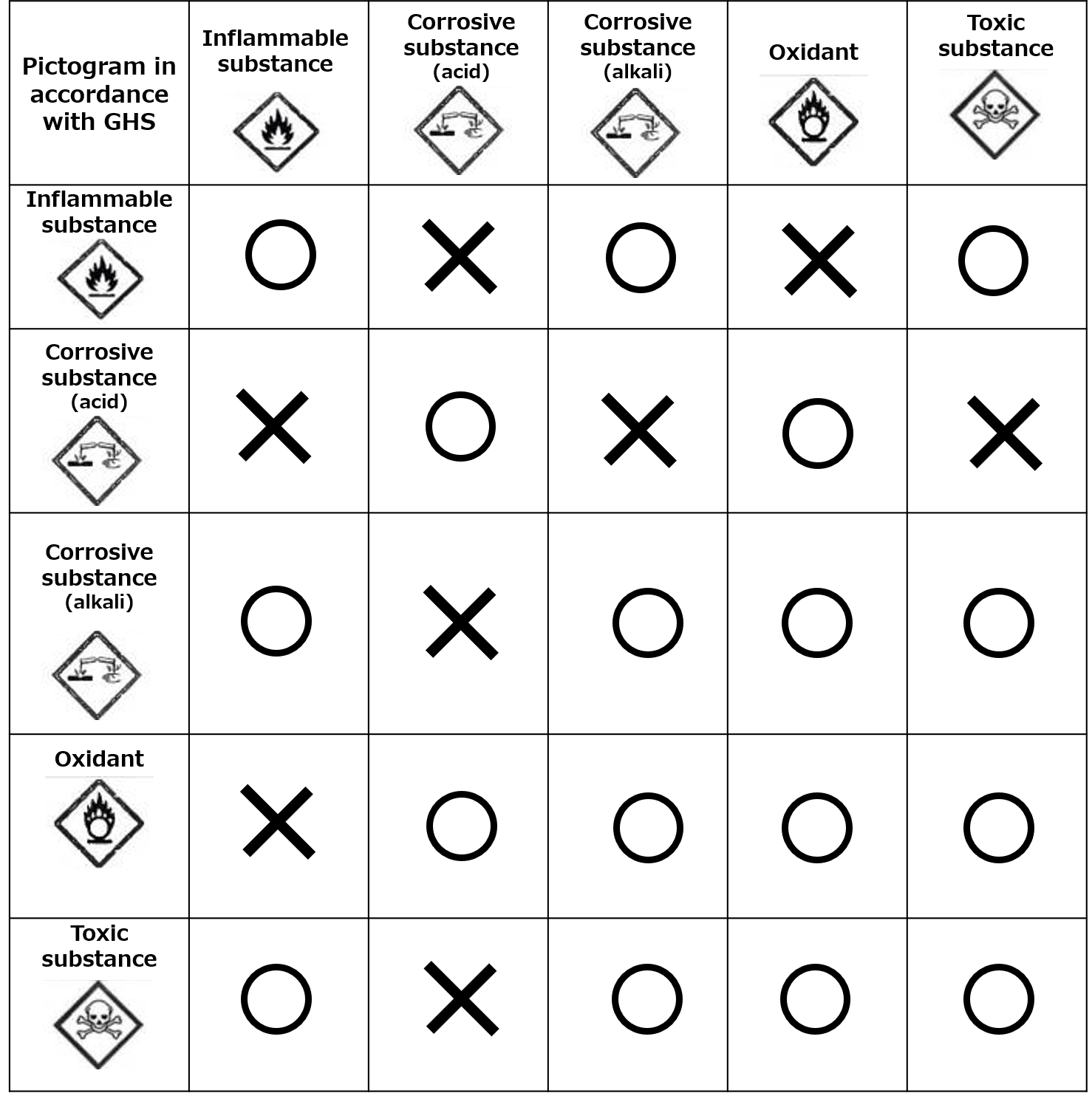Vietnamese Ministry of Industry and Trade on December 21, 2020 released the Circular No. 48/2020/TT-BCT on Promulgating the National Technical Regulation QCVN 05A:2020/BCT on the Manufacturing, Trade, Use, Storage, and Transportation of Hazardous Chemicals. This technical regulation applies to organizations and individuals that manufacture, trade, use, store, or transport hazardous chemicals in the industrial sector. The regulated hazardous chemicals include flammable, explosive, corrosive, and toxic substances and oxides. This technical regulation will enter into force on July 1 of 2021. Any facility that handles hazardous chemicals must be compliant with the regulation within 18 months of the enforcement of the Circular.
The Circular can be accessed at: (as of January 28 of 2021, we could not find a Vietnamese governmental official web page on this Circular.)
https://luatvietnam.vn/cong-nghiep/thong-tu-48-2020-quy-chuan-an-toan-trong-san-xuat-kinh-doanh-hoa-chat-nguy-hiem-196288-d1.html
Technical requirements
This technical standard specifically stipulates the following requirements for the manufacturing, trade, use, storage, and transportation of hazardous chemicals.
| No. | Requirements | Overview |
| 1 | Documents, signboards, placards
|
Signboard on chemical safety regulation, drawing showing storage location of hazardous chemicals, danger and warning placards, evacuation map, chemical accident response procedure manual, list of hazardous chemicals, SDS, etc. |
| 2 | Exposure to and handling of hazardous chemicals | Training on chemical safety, methods for monitoring entry and exit from factories or warehouses, personal protective equipment, compliance with exposure limits, etc. |
| 3 | Responses to chemical accidents and environmental protection | Implementation of preventive/responsive measures against chemical accidents, development of plans to prevent chemical accidents, compliance with wastewater or exhaust gas standards, etc. |
| 4 | Factories and warehouses | Evacuation routes, ventilation, illumination, lightning rods, floors, entrance/exit paths, emergency shower equipment, warehouse layout, chemicals with hazards associated with mixing, stacking, etc. |
| 5 | Equipment | Manufacturing, storage, or transportation equipment, parts replacement/addition, alarming devices, thermal insulation on equipment surface, equipment operation, measurement/verification/calibration, etc. |
| 6 | Containers and product labels | Sealing performance and durability of containers, storage of packaging materials, underlay materials, contents of product labels, etc. |
| 7 | Manufacture, trade, use and storage of flammable or explosive substances | Requirements on flammable or explosive substances including placement layout (including safe distance), electrical and ventilation systems, equipment and containers, exposure during work, etc. |
| 8 | Manufacture, trade, use and storage of corrosive substances | Requirements on corrosive substances including equipment, factories, warehouses, placement layout, storage (including safe distance), exposure during work, etc. |
| 9 | Manufacture, trade, use and storage of toxic substances | Requirements on toxic substances including equipment, factories, warehouses, exposure during work, etc. |
| 10 | Safety of outdoor chemical storage containers | Containers for liquid chemical, surrounding walls, danger signs / warnings, sizes of pictograms, etc. |
| 11 | Safety in transportation of hazards chemicals | List of dangerous goods in terms of transportation in roads or inland waterways, transportation of compressed or liquefied gas or oxygen gas cylinders, dedicated containers for hazardous chemical transportation, protective mats, etc. |
| 12 | Loading and unloading of hazardous chemicals | Inspection of packaging and labels, fall prevention and fixation measures during loading, inspection of loading and conveying machines, etc. |
Safety distance between chemicals and risk of contact
This technical standard puts particular emphasis on the risk associated with contact of different chemicals at factories and warehouses. Annex B of this regulation stipulates the risk associated with contact of hazardous chemicals in details with pictograms (Table 1) and classification of chemicals (Table 2). It also stipulates storage methods for the classified chemicals as follows.
-
- No risk associated with contact (may be stored together with other chemicals)
- Must be stored according to SDS instructions (still may be stored separately from others)
- Must be stored at a minimum distance of 3 meters from others
- Must be stored at a minimum distance of 5 meters in an individual segment
- Must be stored at a separate individual warehouse or shelf (area)
It also stipulates the safe distance to be secured at storage areas for hazardous chemicals. When stored individually, a minimum distance of 5 meters is required. On the other hand, the safe distance between the chemical storage area and other areas with a heat source or potential sparks is defined as follows.
-
- 3 meters for areas where chemicals are stored in airtight containers
- 5 meters for areas where chemicals are extracted or mixed
The table below shows the risk associated with contact based on the hazards of chemicals.

 Vietnam publishes new QCVN on safety requirements for hazardous chemicals
Vietnam publishes new QCVN on safety requirements for hazardous chemicals 

























